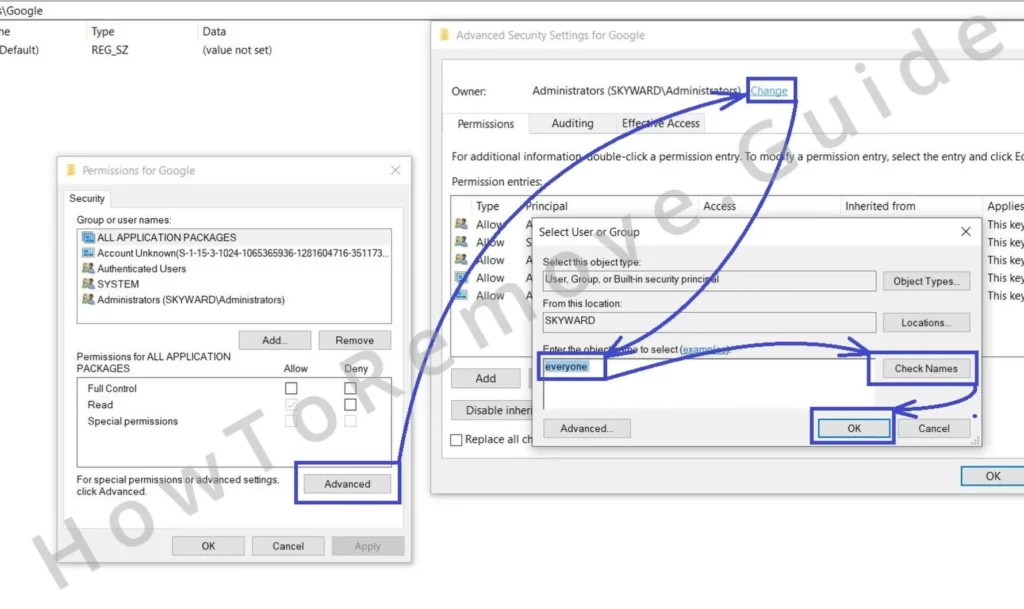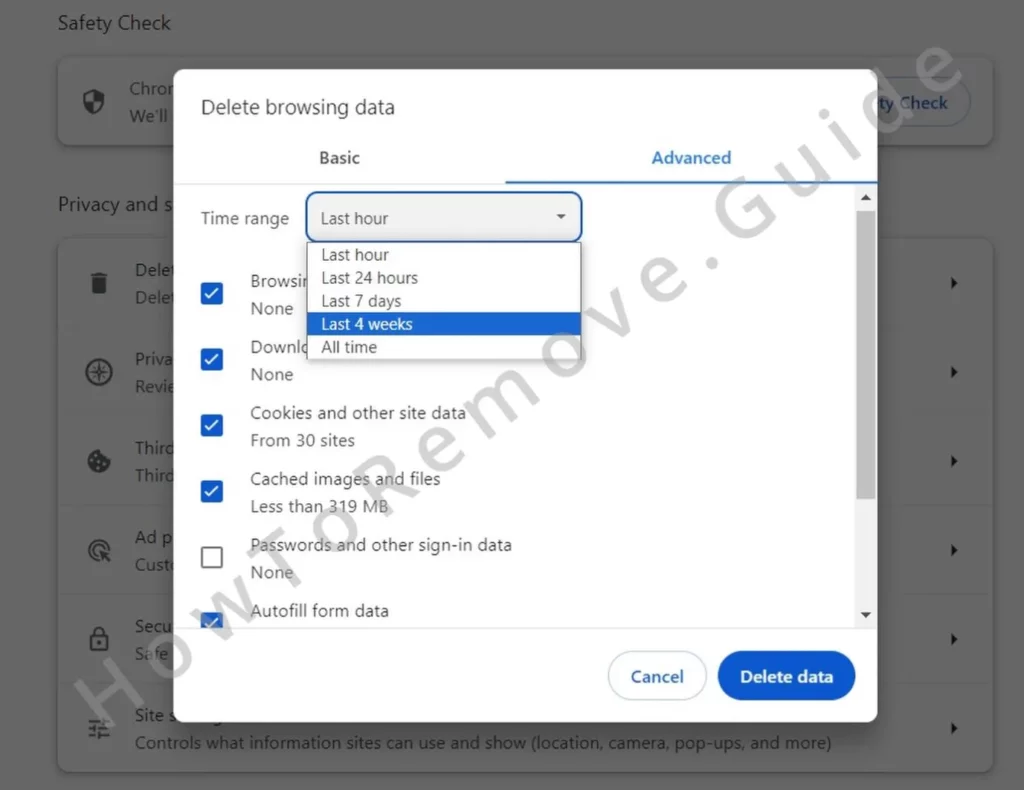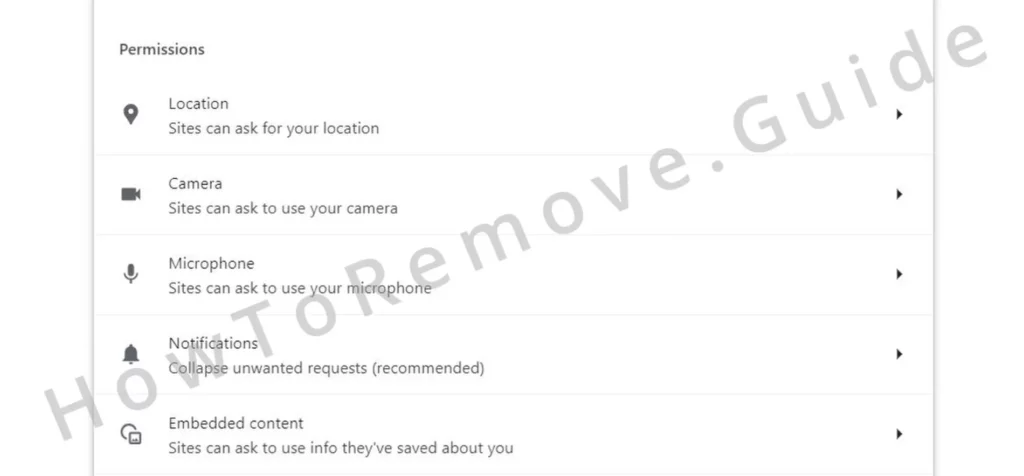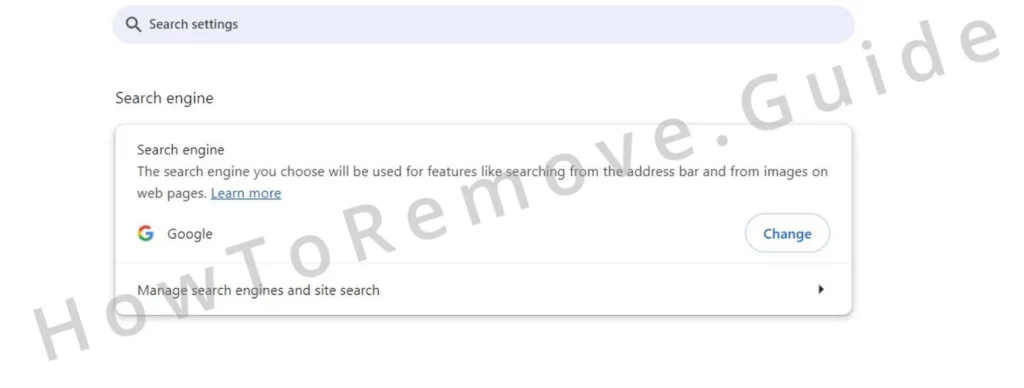We just learned about Loungoo, which is yet another browser hijacker extension developed by findflarex.com and designed to replace the default search engine of users with the infamous boyu.com.tr – a fake search engine that has no place in your browser. Boyu.com.tr will redirect your searches, promote questionable pages, and overall annoy you with its presence while also being a potential security risk.
The only way to get rid of the fake search engine is to uninstall Loungoo from your browser. We’ve seen similar hijackers many times before – Kaseek and Ukasee are two notable examples. Thanks to our experience with these two and others like them, we’ve got a pretty good idea of how to deal with Loungoo, and we can help you remove it from your browser.
Loungoo Removal Tutorial
The Loungoo removal process is lengthy and has several stages that you must go through until the hijacker is fully taken care of. However, in some rare cases, you might get lucky and be able to delete it like you would uninstall a regular extension. It will probably not work, but it’s still worth the shot if it saves you some time:
- Open your browser. Head straight to the Extensions Manager.
- You’ll see Loungoo listed among other add-ons. If luck is on your side, the “Remove” button will work. Just click it.
- Might as well get rid of any other extensions you don’t recognize while you’re at it. Look for Funny Tool Redirect in particular, as it often travels together with Loungoo.
SUMMARY:
As we said, this will probably not work, so don’t feel discouraged if the hijacker doesn’t get removed. This rogue extension has several tricks up its sleeve that let it gain persistence in your system and avoid most removal attempts.
Aside from making changes in the registry and adding a third-party “Managed by your organization” policy to the browser, it’s also often helped by another infamous hijacker known as Funny Tool Redirect. The latter will redirect you to a Google page whenever you try to open your Extensions Manager, which makes the removal of both hijackers that more difficult.
The good news is we’ve got an answer to each of Loungoo’s tricks, so let’s move on to the actual removal guide!
Important! Read Before Proceeding!
Hijacker extensions like Loungoo are often distributed by being bundled with other apps, some of which may be malicious. This means you might have malware on your system without knowing it, which could reinstall the hijacker even after you remove it.
However, we cannot know what particular app got you the rogue extension so we can’t offer specific instructions to remove it.
For this reason, we recommend the use of a specialized anti-malware tool to help you clean your system. SpyHunter, which you can find on this page, is a good choice for this situation, so check it out if you want to ensure your computer is malware-free.
How to Get Rid of Loungoo Chrome Policies
The “Managed by your organization” in your browser’s menu is a tell-tale sign that Loungoo has set its claws into your browser. These restrictions prevent easy modification or removal of the extension. Time to dig deeper into your browser’s policy settings. Necessary? Absolutely. Tedious? You know it.
Type chrome://policy into the address bar if you’re using Chrome. Using Edge? Just replace “chrome” with “edge”. Same with other Chromium browsers.
Once you’re on the policy management page, you need to scrutinize the policies listed. Look for unusual strings of letters and numbers as the Value of any policies. These most likely tie back to Loungoo. Record them – best save them in a text file because you’ll need them in a bit.

Now go to your Extensions Manager (browser menu > Extensions > Extensions Manager). As we said, you may get redirected to Google. This will typically mean you are also dealing with Funny Tool Redirect.
If this happens, go to this directory in your computer:
C:\Users\[Your Username]\AppData\Local\Google\Chrome\User Data\Default\Extensions
There, delete every folder in the directory. All extensions, rogue and legitimate, will be corrupted. You’ll repair the ones you want later, but for now, it’s best to leave them all broken.

Go back to the Extensions Manager – it should open now. This time, enable Developer Mode. This action reveals the IDs of all installed extensions.
Save these IDs in the same place where you saved the rogue policy values from earlier. Now it’s time to clean house.

Delete Loungoo Virus Items From the Registry
Now, onto the registry. You need to open the Registry Editor with administrative rights. Search for it in your Start Menu.
Once inside, use the “Find” option under Edit. Search for each rogue policy value you’ve noted. It’s not as daunting as it sounds. Take it one step at a time.
When you locate a corresponding item, delete the key (folder) to the left that contains it. Repeat the search to ensure nothing remains.
Do the same for each troublesome policy value and extension ID.
Some registry keys will resist deletion – another one of Loungoo’s tricks. In such cases, you’ll need to change the permissions on the parent key:
Right-click the parent key. Go to Permissions, then Advanced, then Change.
Change the owner to by typing “everyone”, clicking Check Names, and then selecting OK.

Then you just need to check the two “Replace…” options and save the changes.
This should free up the key for deletion. Just make sure that you do this for all stubborn keys linked to the hijacker.
Additional Steps to Ensure Complete Removal
You might think you’re done, but Loungoo policies could still linger. Additional steps will ensure complete eradication. It’s more work, but worth the peace of mind.
- Group Policy Editor – Search “Edit Group Policy” in your Start Menu. Administrative Templates under Computer Configuration is where you’ll go. Right-click them > Add/Remove Templates, and then remove suspicious templates. If in doubt, remove everything listed.
- Chrome Policy Remover – This free tool ensures all rogue policies get cleaned out. Download it and run it with admin rights. Windows might warn you – ignore the warning. The tool is safe. It works automatically once launched and removes any lingering Loungoo policies.
After you perform these two extra steps, there should be no trace of any rogue Loungoo policies in your Chrome (or another) browser.
Uninstall the Loungoo Extension From Chrome
With the rogue policies gone, and the extension files deleted, you’ll finally be able to remove anything unwanted from your browser:
Return to the Extensions Manager. Now, the “Remove” button for Loungoo should work. Click it. Remove any other suspicious extensions like Funny Tool Redirect that are still hanging on.
Next, tackle your browsing data. Go to Privacy and Security settings. Choose “Clear browsing data”.
Select a timeframe before Loungoo appeared. Wipe everything except passwords – cached images, cookies, site data, etc.

Site Settings is next. You’ll find it in the same Privacy and Security tab.
Inspect each type of permission for unfamiliar URLs. Remove anything suspicious, like findflarex.com, boyu.com.tr, or other shady addresses.

Then visit the Search Engine tab to ensure your default search engine is something reputable. Delete any suspicious search engines in the Manage Search Engines section.

The last two places to check are the Appearance settings and the On Startup settings. Check for questionable URLs and delete them. Make sure nothing shady remains.
With these final steps completed, the Loungoo hijacker should be gone. Of course, in the rare case this guide doesn’t work for you, there’s always the option to perform a full system clean with SpyHunter, which will take care of anything that might have been left behind.

Leave a Reply